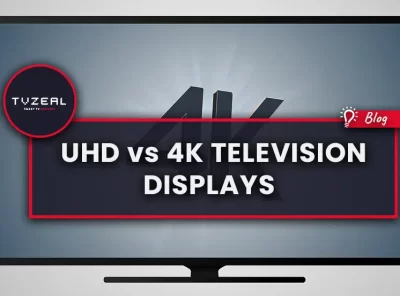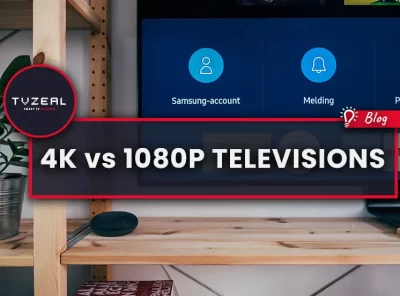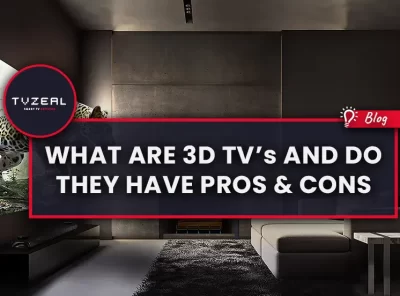What Makes HDTV Different.
Firstly HDTV (High Definition Television) is part of digital television, HDTV cannot be broadcasted over analog due to the constraints of bandwidth.
When speaking about HDTV it will probably mean that on average you will see a movie or sporting event which has been broadcasted in HD on a screen with a 1920×1080 and an aspect ratio of 16:9 at various refresh rates depending on the device that you have. That is 2,073,600 pixels which is used to display the image on your TV. It is more than 6 times the amount you used to have on your analog set.
This is however a bit of a generalization about the resolution as there is still 1280×720 also referred to as 720p available as well as newer 1440×1080 resolutions on the market. We also now have 4K resolution which is actually 3840×2160 which is also called ultra high definition television or UHDTV.
All of these HD resolutions are normally set to an aspect ratio of 16:9, the reason being that our eyes have a wider field of view horizontally rather than vertically. The aspect ratio refers to the ratio of the width to the height of an image, and this wider aspect ratio gives use a more cinema like experience.
Then there is the refresh rate. This is the rate at which the entire image is redrawn, expressed in number of times per second, value is in Hz. This is important because a movie or any show that you watch on TV is actually just a series of images, which gets shown fast enough that we interpret it as movement. This is where refresh rate comes in. The refresh rate makes sure that the images are redrawn fast enough to ensure that we do not see a blurred image or have any issue with motion resolution. There is a lot of talk these days about very high refresh rates such as 120Hz and 240Hz, but these refresh rates use various techniques to ensure that we do not see the blurred motion, they use backlight flashing and also frame insertion to create the perception of motion. This gave rise to a lot of manufacturers that do not give a true refresh rate anymore but rather a more marketable term, which is used to convey the idea of higher refresh rates.
There is various ways that a broadcaster can get a HD signal to you. There is Digital Terrestrial Television or DTT, which refers to the oldest method of broadcast and that is by using radio waves to get the signal to you. We then also have Digital Satellite and Digital cable, as well as technologies like DVB-H which is more applicable to handheld receivers. You can also always go pick up your favorite movie on Blue-ray but for that you would need a Blue-ray player as well.







